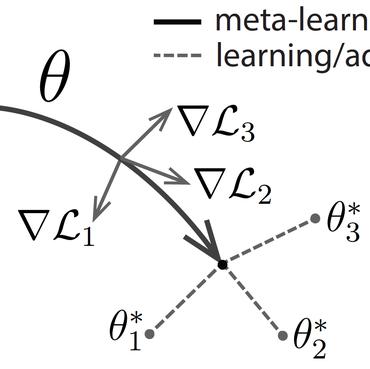Transductive Linear Probing: A Novel Framework for Few-Shot Node Classification
Few-shot node classification is tasked to provide accurate predictions for nodes from novel classes with only few representative labeled nodes. This problem has drawn tremendous attention for its projection to prevailing real-world applications, such as product categorization for newly added commodity categories on an E-commerce platform with scarce records or diagnoses for rare diseases on a patient similarity graph. To tackle such challenging label scarcity issues in the non-Euclidean graph domain, meta-learning has become a successful and predominant paradigm. More recently, inspired by the development of graph self-supervised learning, transferring pretrained node embeddings for few-shot node classification could be a promising alternative to meta-learning but remains unexposed. In this work, we empirically demonstrate the potential of an alternative framework, \textit{Transductive Linear Probing}, that transfers pretrained node embeddings, which are learned from graph contrastive learning methods. We further extend the setting of few-shot node classification from standard fully supervised to a more realistic self-supervised setting, where meta-learning methods cannot be easily deployed due to the shortage of supervision from training classes. Surprisingly, even without any ground-truth labels, transductive linear probing with self-supervised graph contrastive pretraining can outperform the state-of-the-art fully supervised meta-learning based methods under the same protocol. We hope this work can shed new light on few-shot node classification problems and foster future research on learning from scarcely labeled instances on graphs.
PDF Abstract







 OGB
OGB